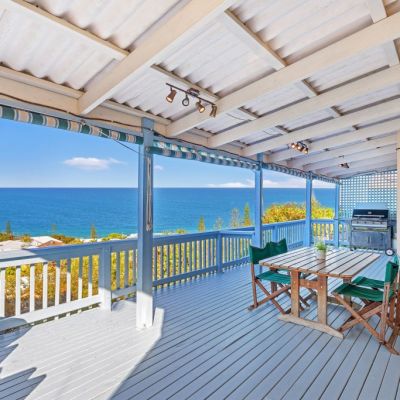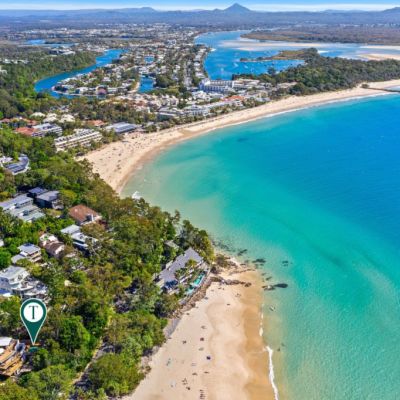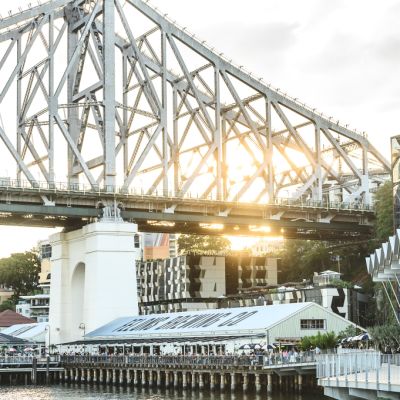Sunshine Coast Design book shows off the best of coastal architecture
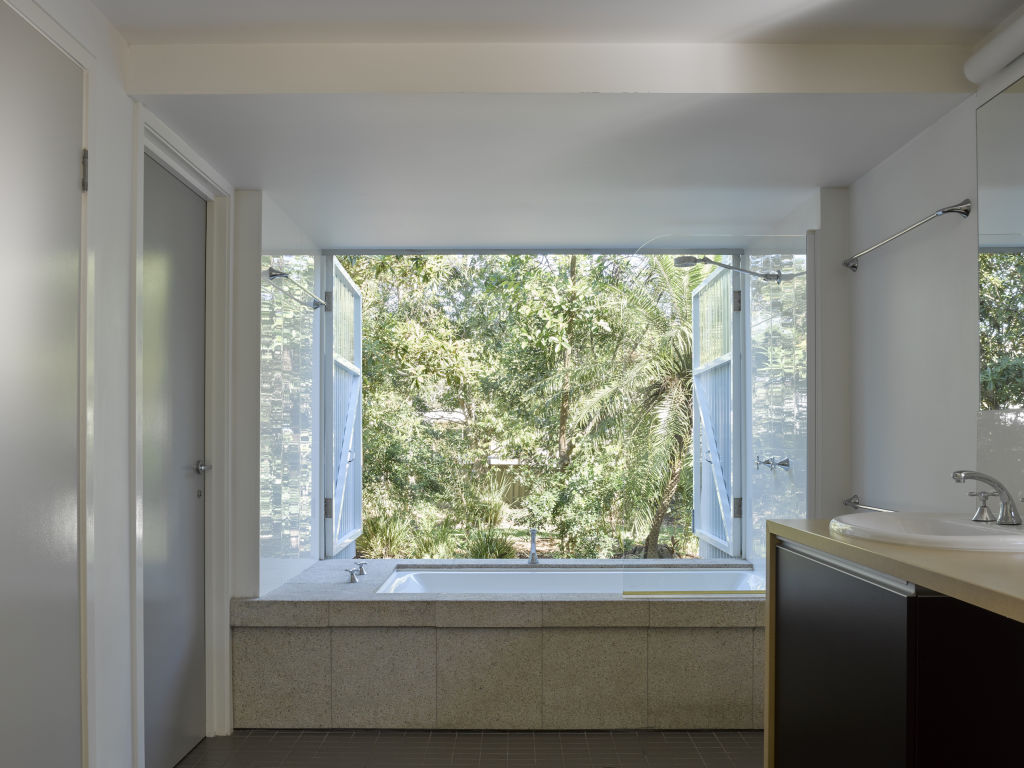
Even before the rush of re-settlers from the COVID-19-hit southern cities, Sunshine Coast Council was concerned about losing the region’s traditional cultural, landscape and design values.
So, it published a big, sexy book to inspire more appropriate development.
The graphically impressive, coffee table book Sunshine Coast Design was released early last year.
But, lockdowns and the cancellation of property related conferences overshadowed its dissemination and just what a terrific initiative it represents.
Throughout the year, gasp-worthy prices have been achieved for statement Noosa houses as southerners make sea changes en masse, with plans to work remotely in the sunny, healthy landscape.
With pressure on coastal properties meaning that housing is being plucked from the internet in an eye blink, Sunshine Coast Design encourages an appreciation of the coast’s “beautiful sense of place”.
Sarah Chalkley, the manager of design and place-making with the Sunshine Coast Council, steered the project that aims to stall the construction industry’s basest fast-and-cheap build impulses which are spoiling many other places of established regional character around Australia.
With an expected 3500 new dwellings slated to be developed each year and corridors of tract developments already foisting “small, cookie-cutter houses with small windows, no cross ventilation and little outdoor space that could be built anywhere”, the concern, Chalkley says, “was that poor design was creeping in and threatening to erode what everyone loves about the Sunshine Coast”.
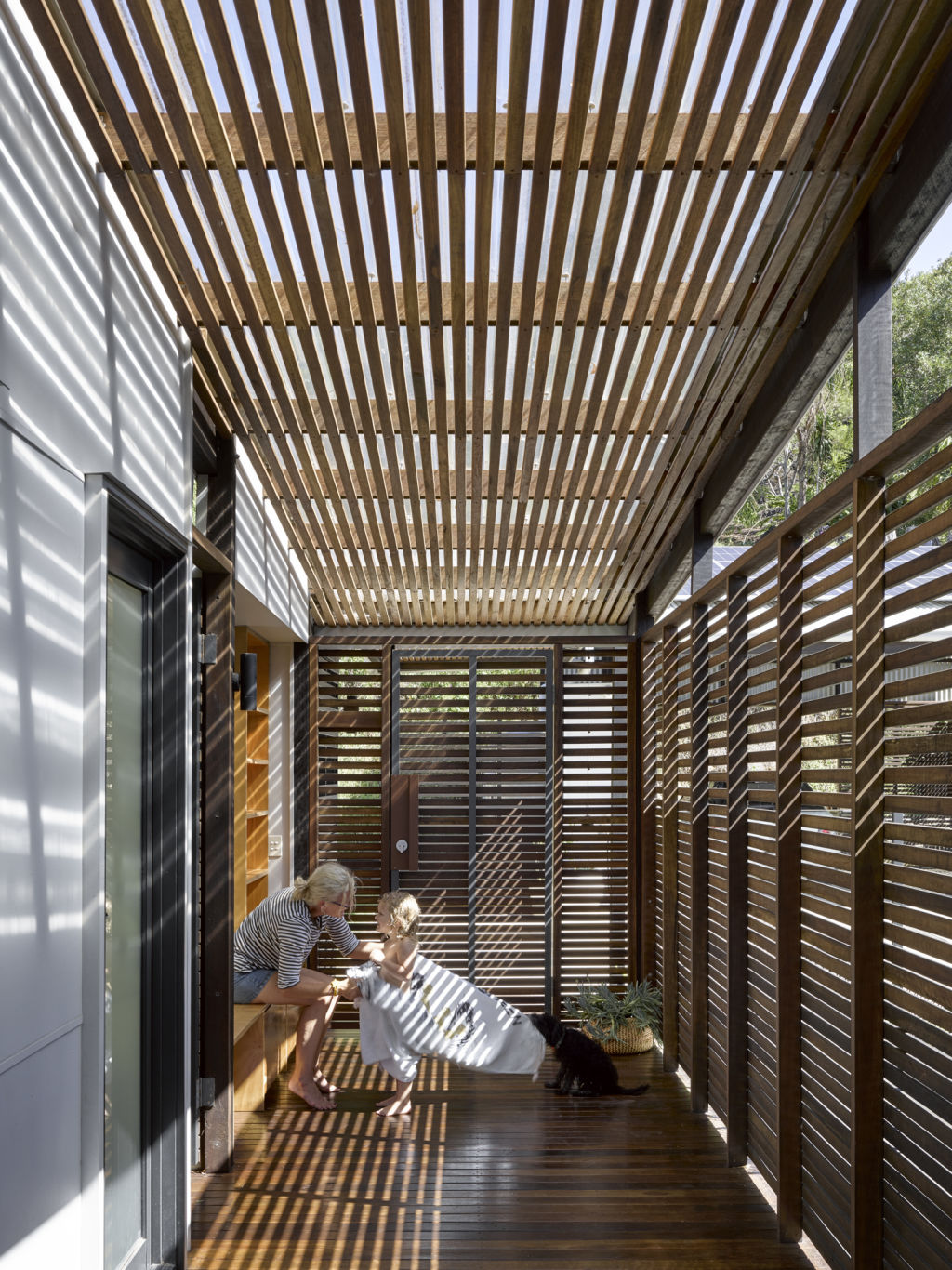
What’s not to love?
A lush-green and geologically fascinating landscape – with surf beaches; a Pacific-washed, sub-tropical climate that means domestic life can be immersed in nature for most of the year; shady commercial streets or temperature-controlled shopping malls, a creative and increasingly entrepreneurial business culture, abundant regional produce and enough added extras to make reasonable the boast that the Sunny Coast folk inhabit an antipodean paradise.
In big print and 150 breezy photographs, the 238-page design guide depicts the best attributes of the coast style that leading Brisbane architect and book contributor Tim Bennetton can define as “lightweight, responsive to climate, views and landscape, with plenty of garden, and designed in a way that is both joyful and enjoyable”.
“It makes the best use of all the benefits, all the great advantages we’ve got,” he says.
Instead of robust, “enormous, expensive constructions with enormous air conditioners, which is the current fashion”, Bennetton argues that the region’s natural environment is what needs to “be reflected in everything we build and in how we live”.
His point is that Sunshine Coast architecture can be “more open and more generous to its landscape” than in most other areas of the country, and that it’s timely via “this brilliant book to think about how we want to look in 50 years and to talk about the values of the coast”.

All levels of the local community were consulted on the content and Chalkley says its release has subsequently inspired other councils to do similarly to protect and celebrate their own attractive regional idiosyncrasies.
“We’ve had a lot of interest from neighbouring councils, from Moreton Bay, Brisbane City Council, and from the Sydney City architect,” she says.
“Every city could do it; ask ‘what is it that you love about this place?’ and help people to understand that it’s very important to consider good design in valuing and protecting all those beautiful, character places.”
In hardback, the book is available for $50 through various Sunshine Coast booksellers or as an online resource through the council’s website.
We recommend
We thought you might like
States
Capital Cities
Capital Cities - Rentals
Popular Areas
Allhomes
More
